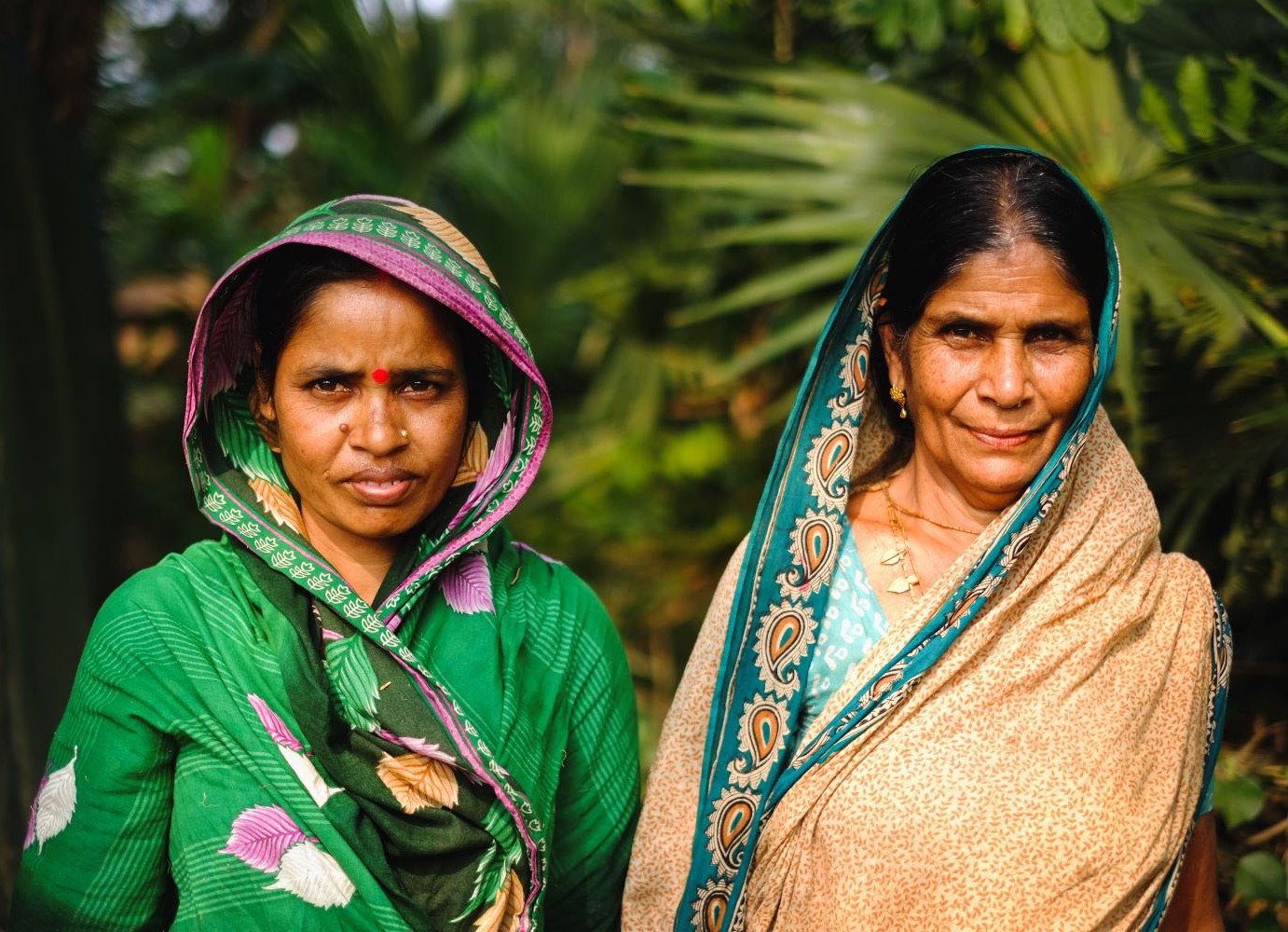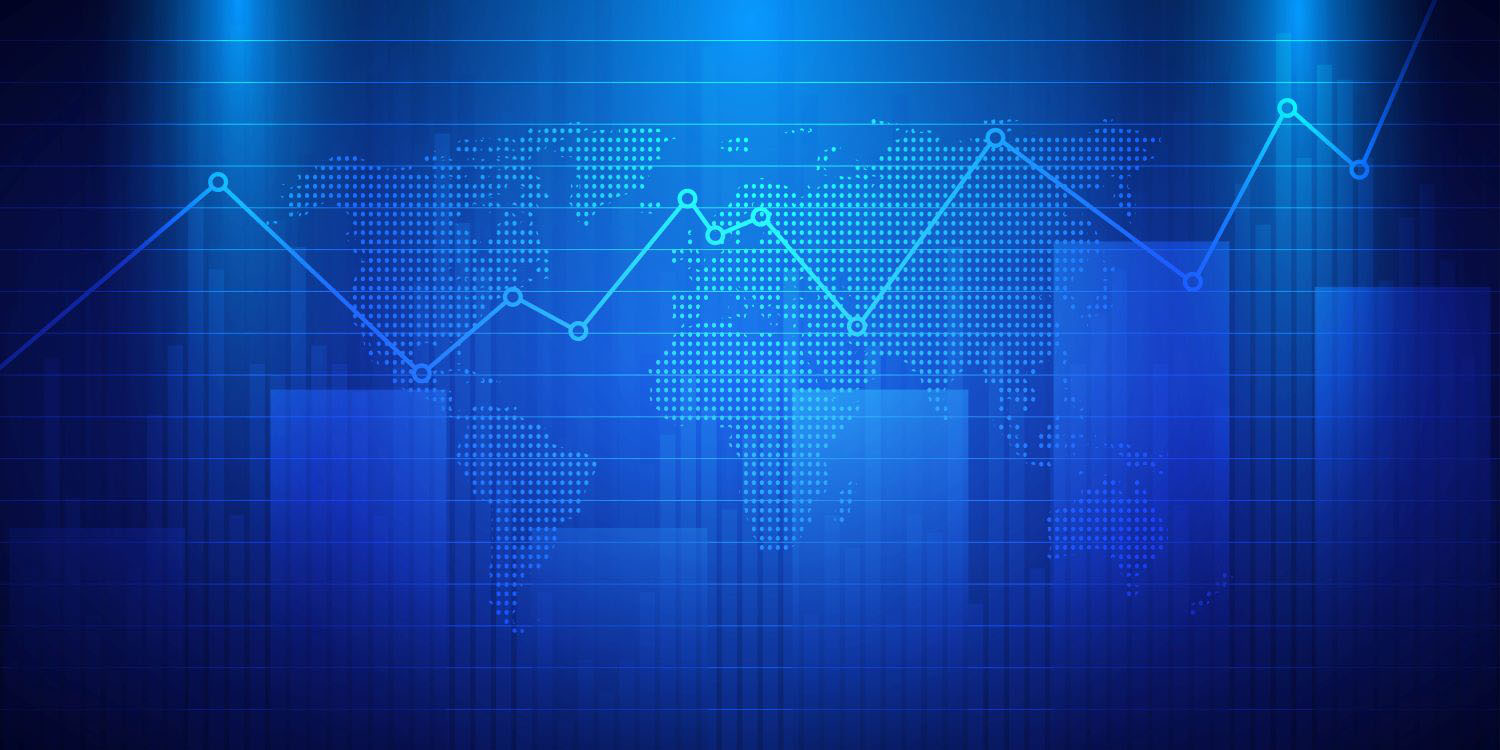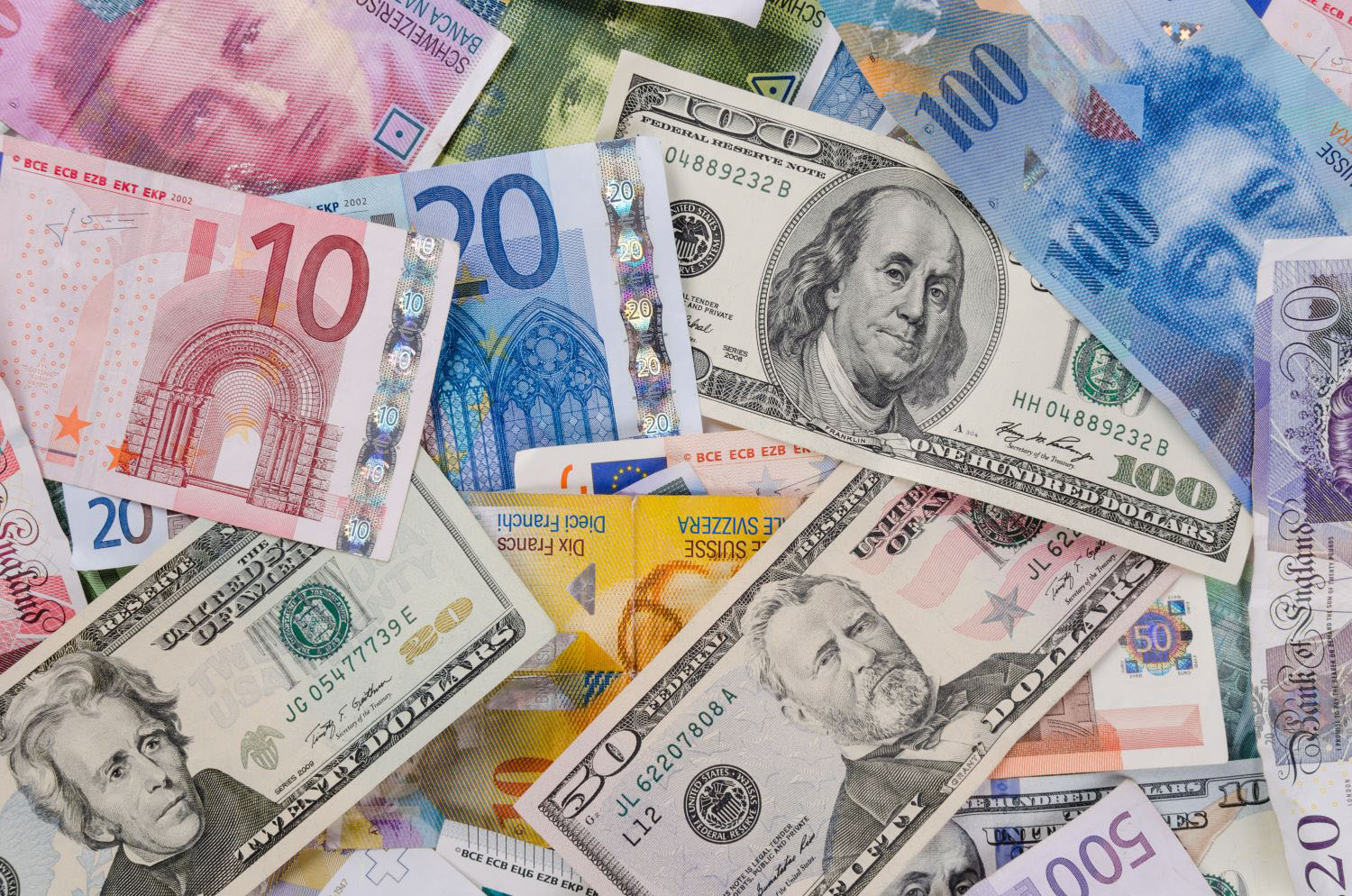February 22, 2010
I attended a conference convened and hosted by Jean-Michel Severino, the head of the French bilateral agency, outside Paris last week. The question participants addressed was: What should be the goals of the international development community in the post-MDG period after 2015? Should the MDGs be retrofitted and complemented with goals reflecting today’s cross-border “global” challenges: fragile states, terrorism, pandemics and climate change? What are practical actions to address global goals that go beyond the basic needs of people captured by the MDGs? How would they be measured?It got me thinking along the following lines. What are examples – some realized and some on the table but untested - for practical action in the interests of global prosperity? Where do good ideas come from? How do they get translated into action? (Followers of CGD might recognize our tag line: independent research and practical ideas for global prosperity.) When they are realized, are they the product of formal coordination (G-20? G-2? UNFCCC? IMF? OECD DAC?), or of a loose “architecture” based on networking of formal and informal and overlapping groups and people? And what requires coordination or cooperation in the first place? When is a first mover (the United States did the Internet) sufficient? When is a coalition of the willing (or as some want to say in a more politically correct way a progressive alliance) sufficient? When (perhaps rarely) does there need to be a completely international agreement?Here are 10 actionable ideas for global prosperity, some that have been realized, then some currently on the table. Ask yourself where they came from, and what level of coordination they require. Less than I would have thought at first blush . . . but see what you think.Realized or partially realized1. An Advance Market Commitment . AMCs generate a market-like incentive for private sector development of a product that otherwise is not commercially attractive. One already exists for private sector production and distribution of a pneumococcal vaccine specific to infections that affect poor children in poor countries – with commitments totaling $1.5 billion from Canada, Italy, Norway, Russia, the United Kingdom, and the Bill & Melinda Gates Foundation. How about an AMC for a low-cost green energy technology? The one I like: to provide 3-4 hours a day of electricity for 10 years to off-grid rural households and schools in low-income countries. 2. An aid agency whose resources are protected from incursions for security and political and diplomatic ends. That is, an agency with its own budget and a mandate to invest in a limited set of very poor countries that meet high standards of ruling justly, meeting the needs of their people, and providing an environment friendly to small businesses. In the United States it exists: the Millennium Challenge Corporation. To follow its progress -- and its problems -- go here.3. An International Initiative for Independent Evaluation -- because USAID and the World Bank and the Kuwait Fund and Care and Save the Children and developing countries themselves have limited incentives to evaluate their own investments -- thus an Evaluation Gap persists about what development programs work and why.4. The G-20 that is replacing the G-7/8 as the more representative and potentially effective arena where heads of state address global economic issues. A G-20 that was even more representative, along the lines that Ramachandran and Rueda-Sabater propose, would be even more legitimate and effective.Ought to be realized soon5. The Golden Door Visa my colleague Michael Clemens has suggested, under which the United States would annually admit 100,000 emigrants from low-income countries, in the interests of returning to the spirit represented by the Statue of Liberty, that the United States is a land of economic opportunity.6. Duty-free quota-free access to all markets for all least developing countries. (This is one of the MDGs that rich countries can instantly implement; a new CGD report urges the advanced developing countries, including Brazil and China, to do so too.)7. Per capita distribution of the net income from oil and other non-renewable resources, with international monitoring and enforcement of the people’s sovereign rights to those distributions (as proposed for Iraq and Ghana) – to make governments more accountable and minimize the corruption and conflict that have cursed Nigeria, Angola, and Congo (coltan not oil) and now threatens Uganda (where oil has just been discovered).8. Double-majority voting for election of the heads of the World Bank and the International Monetary Fund – that is a majority of weighted votes and a majority of country members. For why these institutions’ legitimacy problems matter, go here.9. A new GPG (global public good) window at the World Bank -- the fifth of five crucial tasks for the next World Bank president set out in a CGD report, and argued further here. The window should have a 50/50 governance arrangement and its own staff, (the Climate Investment Funds at the multilateral banks already have 50/50 governance) to address truly global, non-country based, challenges: research and programs in climate, agriculture, and health. For the same idea for climate financing set out by the Mexicans, check out their proposed Green Fund, and by the IMF, another Green Fund, also discussed here and here.10. A variable tax that creates a floor on the price of gasoline of at least $3.50 a gallon in the United States, as Tom Friedman has argued, with the revenue used to reduce the payroll tax and help America’s working families adjust to the low-carbon economy (as argued by CGD senior fellow David Wheeler). (For an idea for a rebated carbon tax, see the legislation proposed by Senators Maria Cantwell and Susan Collins). By the way, that would encourage the job creation that Dani Rodrik wanted to see as part of last year’s stimulus package. When and whether and how the United States demonstrates the political capacity to tackle its own emissions is critical to when and whether the world will do so, and that matters tremendously.And there are more good ideas out there! Endow independent think tanks in low-income countries (happening); increase the capital at development banks already fully owned by emerging market and developing country members, such as the Andean Development Bank (just happened) and the Southern Africa Development Bank (whose Chair Jay Naidoo attended the above conference); the Climate Investment Funds that are leveraging private investment money including for clean energy production in developing countries; COD Aid – my “project” at CGD; new insurance and risk management instruments at the multilateral development banks, as argued by Guillermo Perry and summarized here.Let’s get on with it.
Disclaimer
CGD blog posts reflect the views of the authors, drawing on prior research and experience in their areas of expertise. CGD is a nonpartisan, independent organization and does not take institutional positions.





